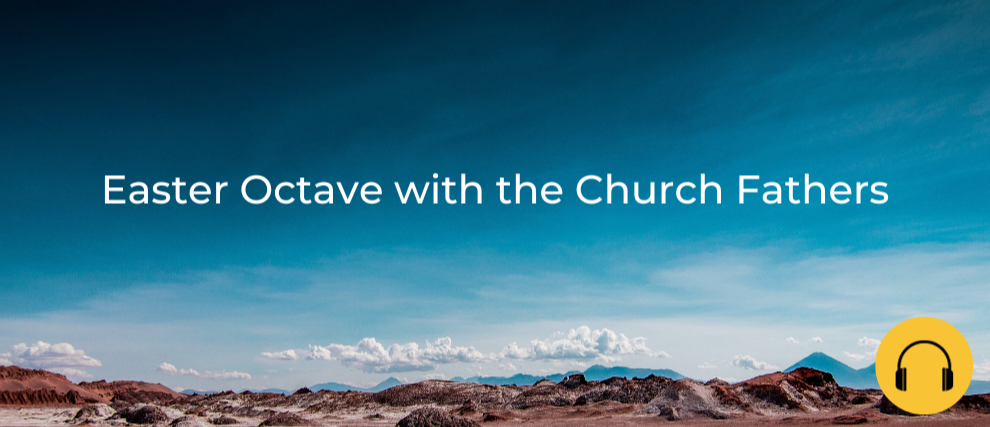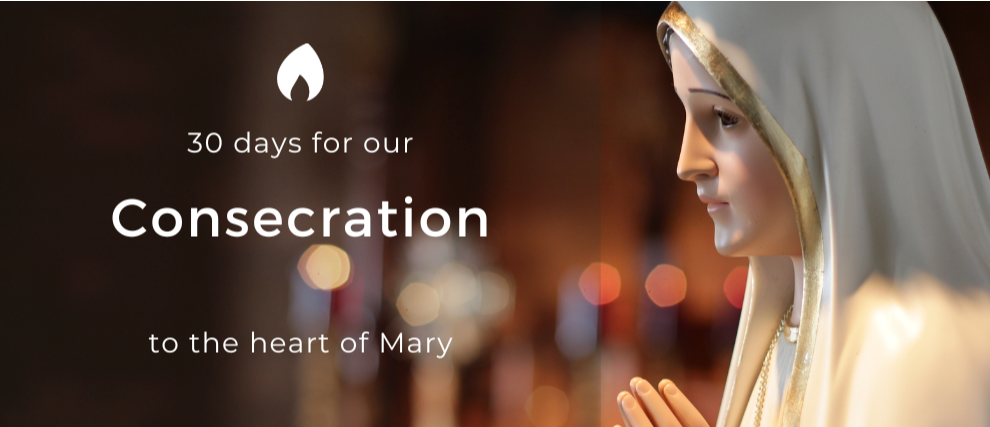Octave of Easter
A period of eight days extend the feast of Easter. The Easter octave forms one feast day, the day of the resurrection of the Lord! This time, which is part of the Eastertide, plunges us into the joy of the resurrection, the summit of our faith!
Discover what the octave of Easter means and how the Church celebrates this time of joy!
What is the Octave of Easter?
Like other major religious feasts punctuating the liturgical year— for example Christmas or Pentecost—the feast of Easter extends into an octave, that is to say eight days.
Introduced by the emperor Constantine in the fourth century, the religious practice of the octave means that for eight days, the Church repeats the same solemn liturgy during the Mass and thus reiterates the mystery that is celebrated there.
Thus, the octave of Easter consists of the eight days following the feast of Easter, continuing until the following Sunday, formerly called 'Sunday in albis’ or quasimodo Sunday. John Paul II renamed it “Sunday of Divine Mercy ” after the canonization of Sister Faustina in the 2000s.
The octave of Easter thus gives a special tone to the feast of Easter, since each day that follows it is still a feast day, the day of the resurrection of Christ! These eight days remind us that the mystery of the resurrection of Christ is at the heart of our entire Christian life!
Celebration and Liturgy of the Easter Octave
Easter Octave and Easter Time
The Eastertide, which begins with Easter Sunday, runs until the feast of Pentecost, for eight Sundays, or fifty days that make us follow the Risen One.
This time, which complements and enriches the octave, allows everyone to immerse themselves in the joy of Easter! Indeed, the octave reminds us every day that "Christ is risen", then the following days lead us towards the Ascension of the Lord, and finally, we walk towards Pentecost to fully receive the Holy Spirit!
The Octave of Easter: a liturgy that invites us to joy!
During the eight days that make up the octave of Easter, the liturgy never ceases to remind us of the great mystery of the resurrection of Christ: the prayers are repeated over the days, as are the songs! The churches ring their bells at 6pm throughout the Easter octave.
Thus, all the sensitive means are implemented in the liturgy to maintain Easter joy: the hallelujah is sung before the reading of the Gospel, psalms, or songs. The liturgical ornaments are white, a color symbolizing the resurrection of Christ and recalling the clothes of the angels on the morning of Easter (Revelations 7:9). The newly baptized continue to wear the white clothing that was given to them on the day of their baptism, on Easter Sunday. Finally, the paschal candle sits on the altar and the baptismal fonts are put on display.
Easter Readings
The readings of this first week after Easter make us meditate on the new life into which the resurrection introduces us: the Church invites us to persevere in fidelity to our baptism by living "as risen people" (Romans 6:5), as we recall in the prayers of the week.
The Gospels are all a reminder of the resurrection of Christ. We read as follows:
Easter Monday : Jesus appears to the holy women (Matthew 26:8-15)
Easter Tuesday: Jesus appears to Mary Magdalene (John 20:11-18)
Easter Wednesday: Jesus appears to the two disciples from Emmaus (Matthew 24:13-35)
Easter Thursday: : Jesus appears to ten apostles on the evening of Easter (Luke 24:35-48)
Easter Friday: Jesus appears to seven apostles on the shore of the Sea of Galilee (John 21:1-14)
Easter Saturday: reminder of the main apparitions of Jesus after the resurrection (Mark 16:9-15)
Meditate and pray during the Easter octave
The Octave of Easter: Entering the Light of Christ!
Spiritually, the eight days of the Easter Octave are an opportunity for Christians to plunge into the joy of the resurrection of Christ, meditating, day after day, on this event that marks our entire Christian life.
Indeed, "the resurrection of Christ constitutes the most revolutionary event in the history of humanity," said Pope Francis. For the Pope, the joy of Easter is "a gift from the Lord that fills us from within, like an anointing of the Spirit". For the joy of Easter is that of being saved, for by the resurrection of the Lord, we have passed from death to life! It is a deep and true joy that is received directly from Christ and that nothing and no one can take from us.
Thus, during this octave, it is appropriate to take time to draw on this inner nourishment, this joy that gives us strength in the daily life of our lives. We can also meditate on the glorious mysteries of the rosary, and invoke the seven gifts of the Holy Spirit in order to fully enter into the greatest of joys: “Christ is risen, Hallelujah!”
Hymn of the Easter Octave
"Christ has risen and love has triumphed, in its weakness it is stronger than the grip of death. Hallelujah! We celebrate the new day when Jesus comes out of the tomb. Christ is risen, and his work is finished; a festive song has sounded, the promise is fulfilled. Hallelujah! We celebrate the Crucified, Whom the Father glorified. Christ rose in joy He entered; Splendor that pierces our night To the Father He leads us. Hallelujah! Let us celebrate the Father and the Son in the Spirit that unites them.”
Jacqueline Frédéric Frié (1922-2009)
Pray with Hozana during the eight days of the Easter Octave!
The eight days of the Easter octave allow us to enter in fullness into the Easter joy, the joy of the Risen One! Let us draw from the source of joy, Christ, so that he envelops us in the garment of the resurrected and allows us to enter into a renewed life!
Discover the prayer communities of Hozana to experience this octave:
- Live in the friendship of the Heart of Jesus, and turn to him by following an eight-day retreat for the octave of Easter!
- with a novena for Easter.

